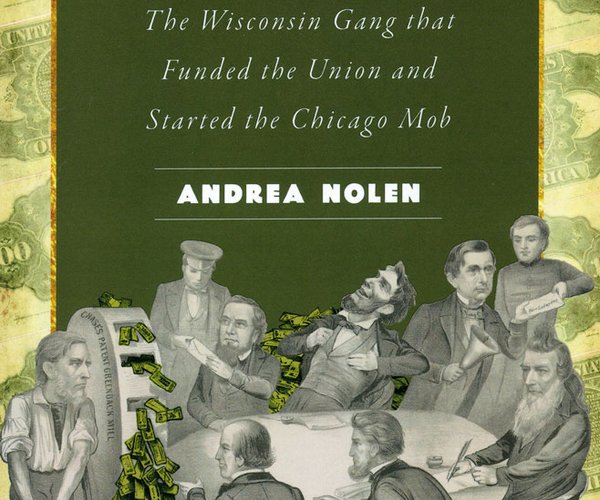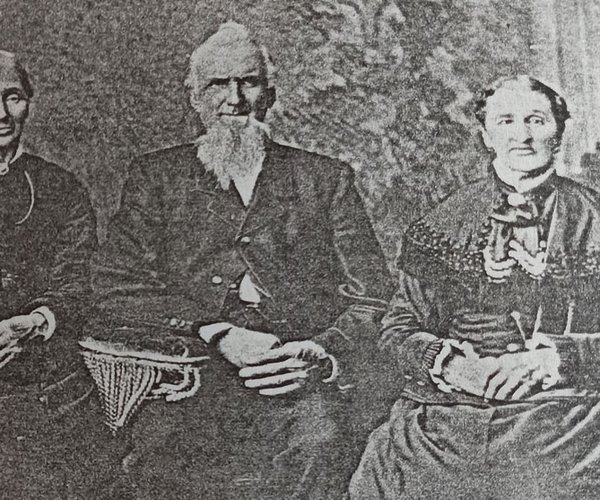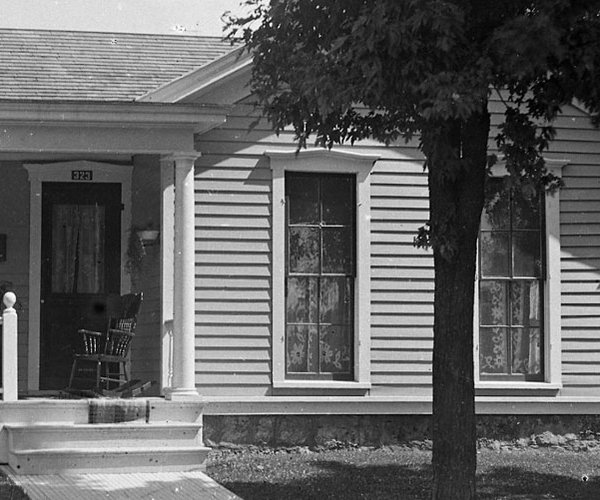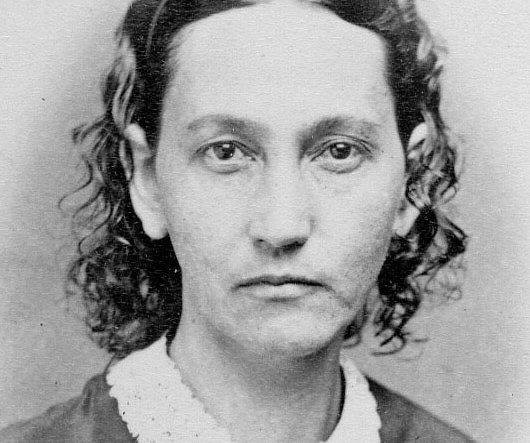Peter Wells purchased the lot that contained the last wooden building on the west side of the square on July 13, 1899 from Adam Schmidt for $3,200. Schmidt had purchased the 24-foot lot on June 27 for the same price, but changed his plan of building a new building. It had already been shared on July 5 that Peter planned to build a large, two-story building, 24 by 100 feet with a basement and an outside stairway [common in those days as evidenced by the photographs in the three pictorial histories of Monroe]. By September his “top story is progressing in a hurry to collect rent.” The Planing Mill was awarded the contract to furnish the plate glass window for the building. They would also put in the doors and window sashes. This building now houses Burington Shoes.
Peter, 85, was living in his home at 1822 11th Avenue in 1900. His widowed daughter, Adeline McCammant, 62, and her daughter, Minnie, 30, were living with him. His daughter, Catherine, 52, and her husband Hugh Lichtenwalner, were living next door to the west. Peter had purchased this property (parts of three lots) on April 1, 1882 from Henry and Louisa Durst for $1,400. Peter must not have been in a hurry to build as the 1885 city directory shows him living on the southeast corner of 14th Street and 21st Avenue. He was listed one block north of that in 1889 on the southeast corner of 13th Street and 21st Avenue. Peter would live at 1822 until his death about 20 years later. Coincidentally, my granduncle, Bill Grant, and his two sisters lived at Peter’s final address for about 30 years until their deaths in the late 1970s. There was a beautiful marble fireplace in the living room.
Not much was reported about Wells for the next two years. In July 1901 he was putting a partition through the center of the double store on the south side of the square that had previously been occupied by G. B. McLean’s dry goods store. Peter then rented the east half of that building to A. U. Franke, a tobacconist from Dixon, Illinois, who would “manufacture cigars and do a retail and jobbing business.”
The Sentinel reported on January 9, 1904 that Peter Wells was now the second highest taxpayer in the city, behind the William Lysaght estate, which listed nearly $100,000 in personal property alone and was assessed more than $2,200 in taxes. Peter paid $1,533.11 on January 8 mostly on his real estate holdings. He thought “he was paying high for his privilege of being governed.” Henry Ludlow was the next highest taxpayer, paying only $500 on personal property that year.
Peter notified City Clerk Gettings in May “of his refusal, and that of his sons, to pay their share of the sprinkling assessment, giving for their reason that, in their opinion, it is an illegal tax” of $150. The clerk placed the tax against them on the tax roll and thought that it might be a test case in court if they refused to pay it. Nothing more was seen about this before Peter’s death later that year.
Peter passed away at his home at 12:30 a.m. on September 26, 1904. He was less than two months from celebrating his 90th birthday. He had been confined to his home for two weeks and had not taken nourishment for 12 days. His mind had remained clear to the end. Five of his 11 children survived him with all of them living in Monroe, Charles, Adeline McCammant, Thomas B., Catherine Lichtenwalner, and Joshua.


Even though Peter had distributed much of his property to his family before his death, there was a large estate and his will was contested two years later. It was first reported on May 9, 1906 that heirs in Iowa, descendants of a deceased son, claimed a portion. The case went to trial before Judge B. F. Dunwiddie on May 16 and lasted two days. Attorneys had made their arguments and “Judge Dunwiddie took the matter under advisement” and would decide later.
Judge Dunwiddie’s ruling was reported on August 11. The deeds held by Thomas B Wells, the defendant, and given to him by Henry Ludlow five days after the father’s death belong to him. The complaint was dismissed and the plaintiff had to pay the costs. J. L. Sherron, attorney for the plaintiffs, stated that an appeal would be taken to the circuit court.
Peter’s estate made the Monroe Evening Times again in May 1912, almost eight years after his death when it was stated that his heirs had paid about $220 inheritance tax “on the property that went through the probate court.” An additional $3,000 was being “assessed on the property, said to be valued at about $135,000, which was transferred by the late Peter Wells to his children by deeds placed in escrow.” The original amount of the tax was estimated at about $2,500 with another $500 accruing in interest. Even though the deeds were executed two years prior to his death, the state claimed the instruments were drawn in contemplation of his death.
Even though Peter Wells left this earth more than 12 decades ago, his legacy lives on in the buildings that still stand in the downtown area. We are fortunate to have had “Uncle Peter Wells” do so much for the downtown area as we are to have so many people today who are willing to own these magnificent old buildings and make sure that they are maintained for future generations. Our Square would not be as picturesque if it weren’t for all these landlords. Sometime when you are downtown, take some time to think about Peter Wells and the others who built these landmarks as well as those who have maintained them for decades since.
Unfortunately, I did not find any photograph of Peter Wells. I will share it in a future column if someone can help me.
— Matt Figi is a Monroe resident and a local historian. His column will appear periodically on Saturdays in the Times. He can be reached at mfigi48@tds.net or at 608-325-6503.





